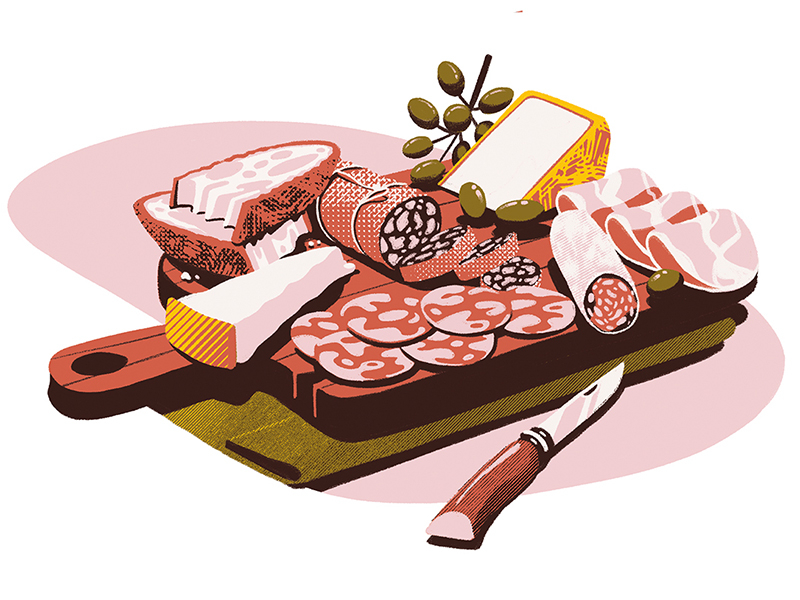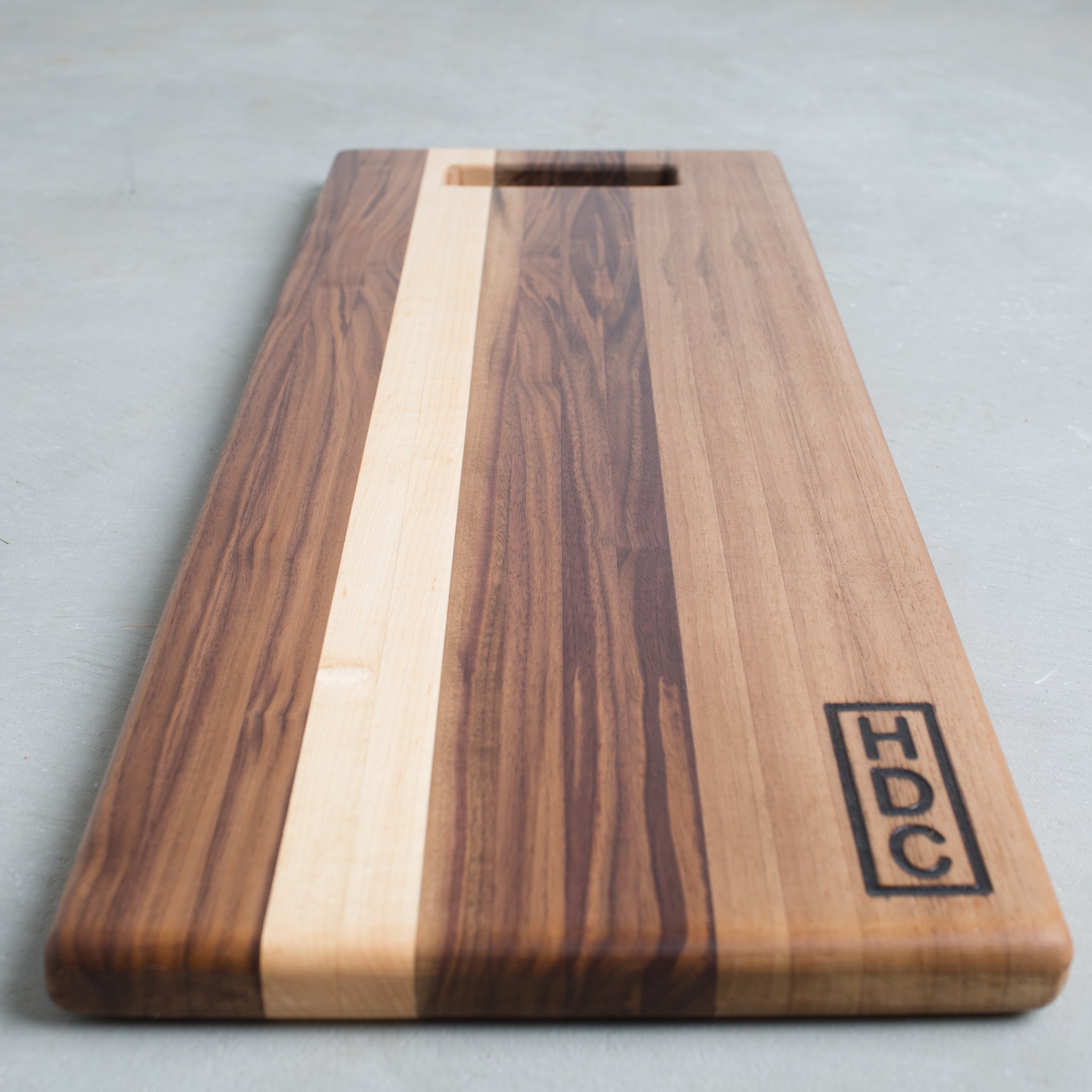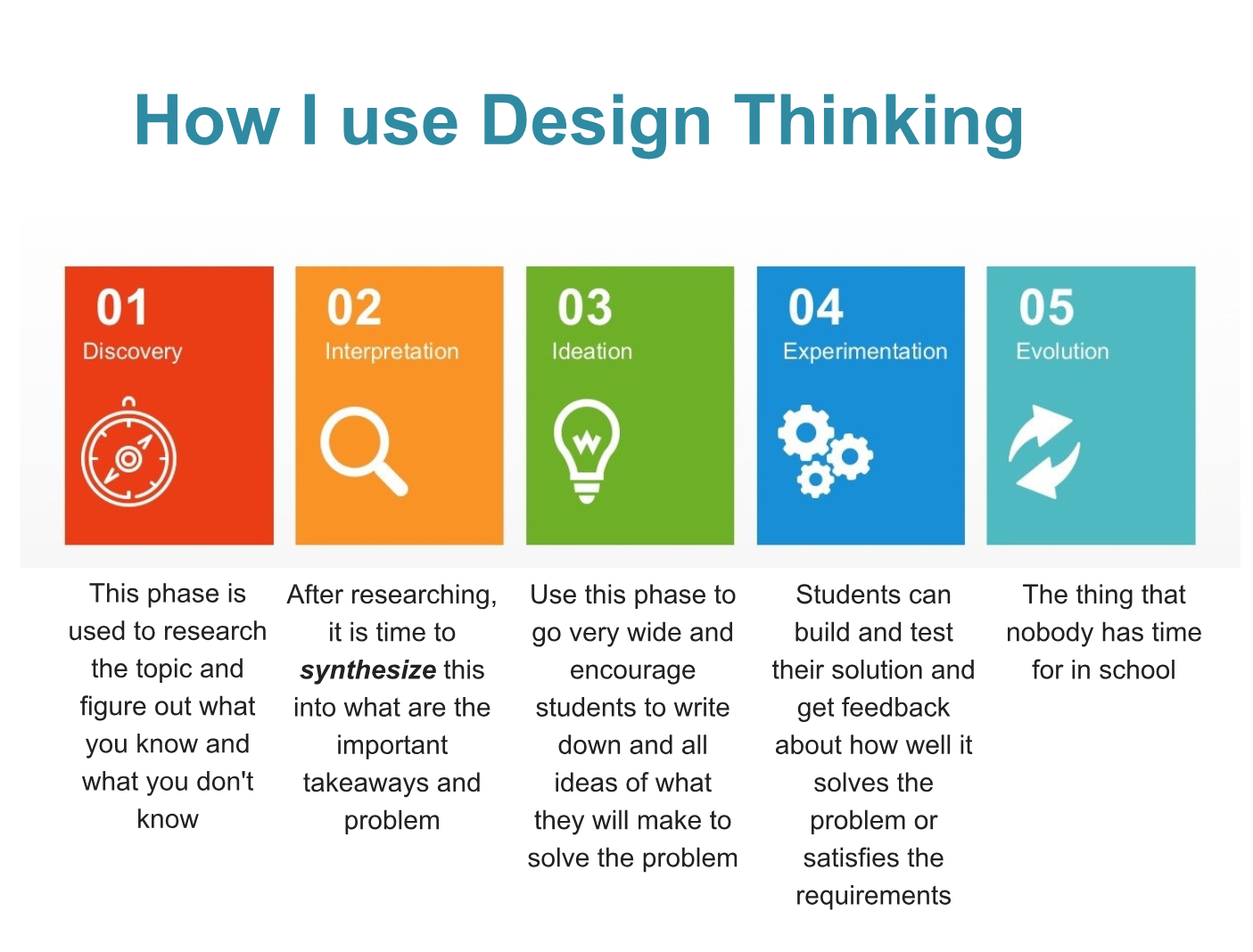Table Of Content
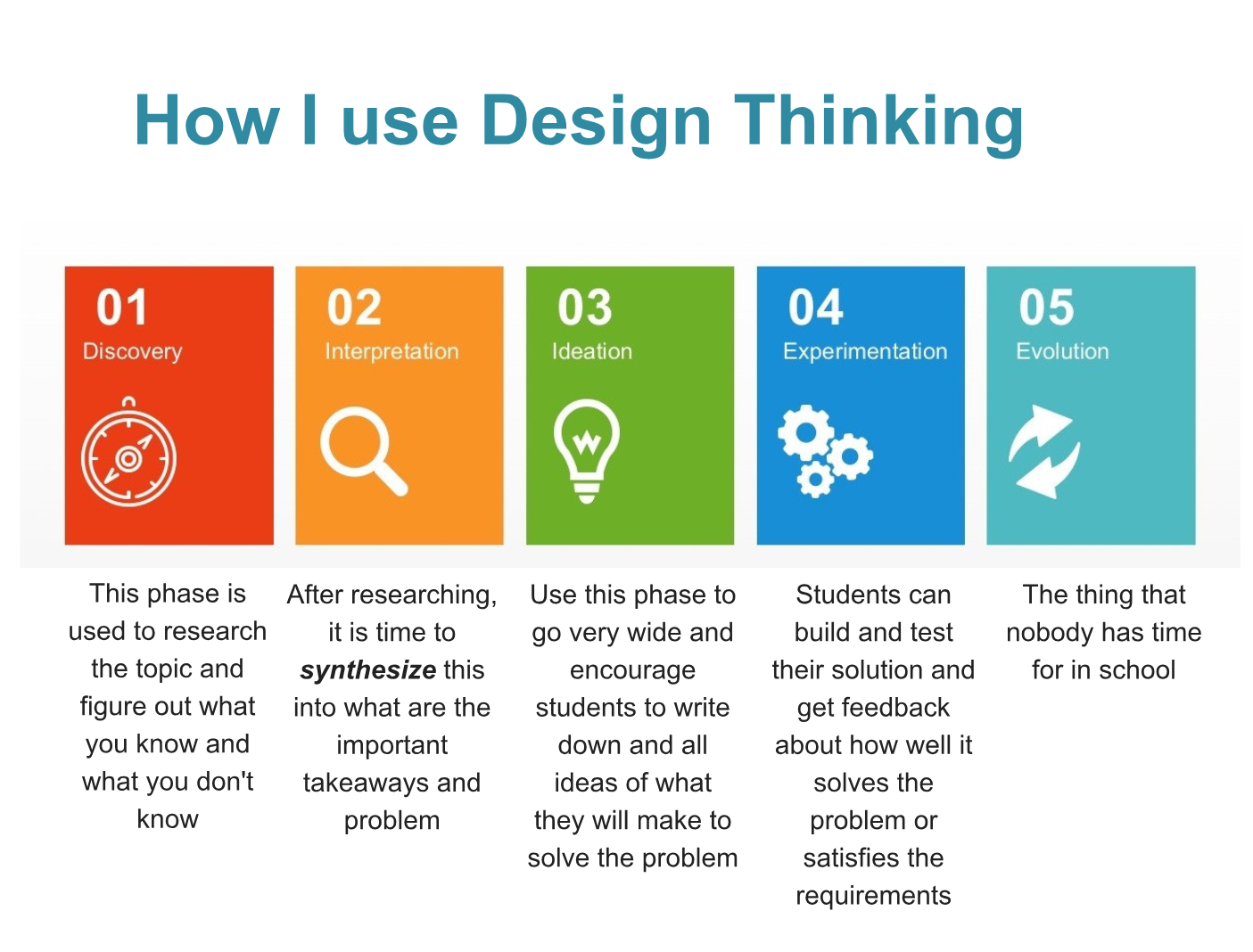
You can use this template to run the exercise individually or in groups. It gives you a way to gather new ideas and perspectives on the problem you’re solving in real-time. This exercise helps you understand a situation or problem by identifying what’s working, what’s not, and areas for improvement. You start by listing out the problem, then identifying the positive aspects (the rose), negatives (thorn), and possible solutions for improvement (the buds). And to help you get started, we’ve hand-picked some Mural templates relevant to each stage of the design process below. To get the most out of the process, everyone needs to collaborate and communicate effectively.
Can Design Thinking Unleash Organizational Innovation? - DataScienceCentral.com - Data Science Central
Can Design Thinking Unleash Organizational Innovation? - DataScienceCentral.com.
Posted: Sun, 05 Feb 2017 08:00:00 GMT [source]
Browse UX / UI Design Topics
This stage involves synthesizing the gathered information and identifying the core issues that need to be addressed. It’s essential to frame the problem in a way that guides the design process towards meaningful solutions. A well-defined problem statement serves as a compass, ensuring that the design team remains focused on solving the right challenges. Implementing the design thinking process to a project workflow is an excellent way to prevent these kinds of design mistakes. Users don’t care about the most objectively efficient or creative solutions. Using the design thinking framework more easily allows designers to figure out what users consider the optimal solution, rather than operating based on their own biases.
Four Stages of Design Thinking
Mural helps teams visualize their ideas in a collaboration platform that unlocks teamwork. This helps everyone stay on the same page, while giving them the ability to add their own ideas freely and easily. Mural facilitates effective collaboration both in person and remotely, making it ideal for design thinking workshops for co-located and distributed teams. Plus, it has tons of ready-to-use templates (like the ones we listed above) to help you get started.
Why is the ideation phase crucial?
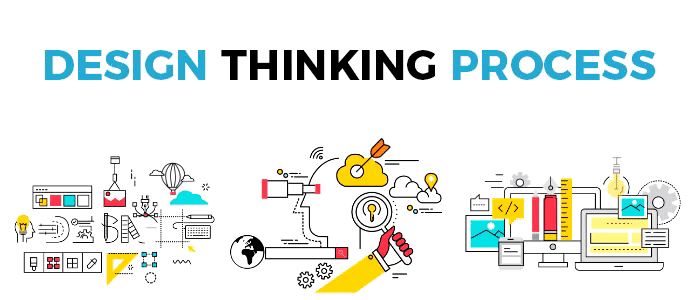
However, they’re two different things, so understanding their differences is important. Systems thinking has applications in various fields, such as medical, environmental, political, economic, human resources, and educational systems. Start applying these methods to your work today with the Design Thinking template bundle.

Understanding the basics
In order for this approach to be adopted across large organizations, it needed to be standardized. Cue design thinking, a formalized framework of applying the creative design process to traditional business problems. For example, if you work for a finance company struggling with employee engagement—a common problem with the rise in remote work—you could benefit from an unconventional approach to problem-solving. Your leadership and human resources teams could use design thinking to come up with ways to increase employee satisfaction, such as offering more benefits or mental health-focused programs.
Implement UX Best Practices Strategically
Design thinking puts the user front and center, with the Empathize stage dedicated to understanding and discovering user needs. You can use the design thinking process to get more people involved, and help everyone contribute ideas. Design thinking is an iterative process — it’s not something you do once and call it done.
The Steps in a Typical UX Design Process
Using Design Thinking to Create L&D Programs That Meet the Needs of Workplace Learners - ATD
Using Design Thinking to Create L&D Programs That Meet the Needs of Workplace Learners.
Posted: Wed, 11 Dec 2019 08:00:00 GMT [source]
Once the team identifies one or more solutions, they determine whether the organization can implement them. In theory, any solution is feasible if the organization has infinite resources and time to develop the solution. However, given the team’s current (or future resources), the team evaluates if the solution is worth pursuing. The team may iterate on the solution to make it more feasible or plan to increase its resources (say, hire more people or acquire specialized machinery). Design teams use design thinking to tackle ill-defined/unknown problems (aka wicked problems). Alan Dix, Professor of Human-Computer Interaction, explains what wicked problems are in this video.
The team then converges in the “Define” phase to identify the problem. The team produces inexpensive, scaled-down versions of the product (or specific features found within the product) to investigate the ideas. Steve Eppinger is a professor of management science and innovation at MIT Sloan. He holds the General Motors Leaders for Global Operations Chair and has a PhD from MIT in engineering.
Support design thinking with tools that facilitate creative collaboration
Don’t worry about coming up with concrete solutions or how to implement each one — you’ll build on that later. The goal is to explore new and creative ideas rather than come up with an actual plan. After testing different prototypes out with teasers, your team should have different solutions for how your product can be improved. The testing and prototyping phase is an iterative process—so much so that it’s possible that some design projects never end.
IDEO is a leading design consultancy and has developed its own version of the design thinking framework and adds the dimension of implementation in the process. The design sprint is a very structured version of design thinking that fits into the timeline of a sprint (a sprint is a short timeframe in which agile teams work to produce deliverables). Developed by Google Ventures, the design sprint seeks to fast-track innovation. “Hand” signifies the practical execution of ideas, the craftsmanship, and the skills necessary to turn concepts into tangible solutions.
And be sure to look for inspiration outside your sector — hospitals can learn a lot from hospitality and vice versa. The Define step helps teams frame insights from Research and Empathy steps into a compass for their collaboration. During Define, teams validate, prioritize and align on next moves using guided activities in Design Thinking workshops. Without the Design Thinking process, aligning a cross functional team on human-centered opportunities would be very difficult, if not impossible. By the end of the Define step, ideas for solutions will begin to appear everywhere. Design thinking is a non-linear process because you’re designing for real users whose real-life behavior is not linear.
As a UX designer, you’ll understand your users’ needs, generate ideas to solve their problems, prototype designs and finally test them with users. In other words, UX designers participate in all 5 phases of the design thinking process. This book serves as an excellent introduction to user experience design, providing a solid outline of popular UX processes, tools and techniques. It guides readers through the entire design life cycle, from research and ideation to prototyping and testing. The book features real-life project examples, helping novice designers understand how to apply UX principles in practical, meaningful ways. These include lack of user involvement, insufficient research, misalignment with business goals and scope creep.
This is because Design Thinking leans heavily on empathy and divergence, which both benefit from increased perspectives. Learn about the Design Thinking process powering today’s most user-friendly products, services and solutions. To narrow down your ideas, you can use a product prioritization tool to keep track of and assign values to each idea, following a standard prioritization framework like ICE (Impact, Certainty, Effort). This works particularly well if you're part of a distributed design team and need to collaborate with your teammates asynchronously.
Decide what aspects of the product you need to test, such as the effectiveness of its navigation or the clarity of its content. Since team members may be in different time zones, it's important to maintain a workflow where individuals can contribute at their own pace without delaying the project. Clear documentation and updates in shared tools facilitate this asynchronous work. For example, Spotify's UX design process features the use of personalized content recommendations ("Recommended" in the center of this screenshot). The number of roles and departments will vary between brands and across industries.





